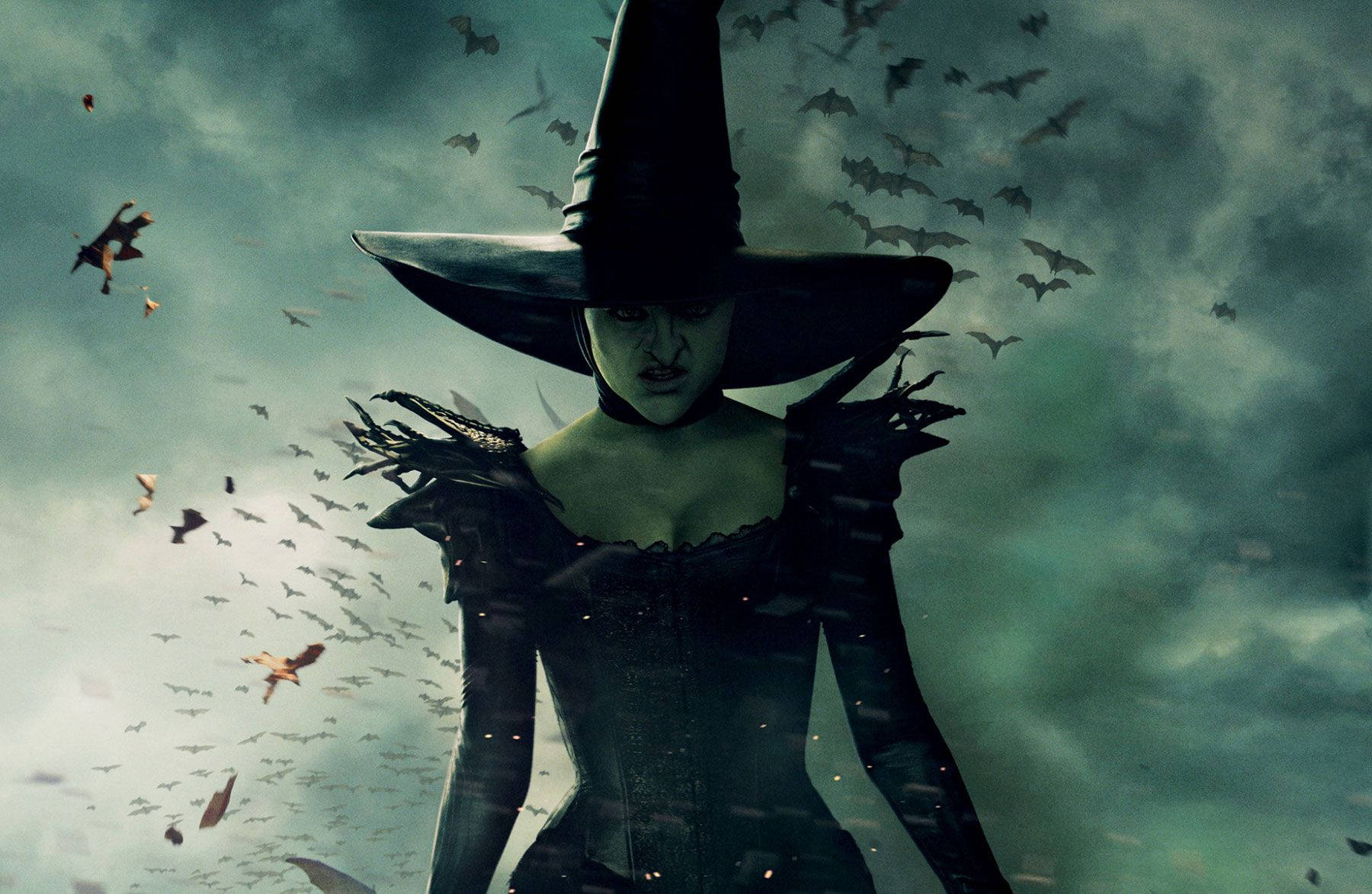
FAQ About Magic in the Middle Ages
Magic in the Middle Ages
2 years ago | gizem
How did medieval societies view the concept of magical familiars?
Medieval societies held a complex and multifaceted view of the concept of magical familiars. Familiars were believed to be supernatural entities, often in the form of animals, that were believed to assist witches and other practitioners of magic in their spellcasting and mystical practices. The perception of familiars evolved over time and varied across different regions and cultures. Here are some of the key aspects of how medieval societies viewed magical familiars:
- Assistants to Witches: Familiars were commonly associated with witches and were believed to be supernatural beings sent by the devil to aid them in performing malevolent deeds. Familiars were thought to provide witches with magical powers, help them concoct potions, or carry out tasks on their behalf.
- Shape-Shifting and Animal Forms: Familiars were often thought to take the form of animals, such as cats, dogs, birds, rats, or toads. The belief in familiars with the ability to shape-shift added to their mystical and eerie reputation.
- Accusations and Persecution: Belief in familiars played a significant role in witch trials and accusations of witchcraft during the late medieval and early modern periods. People accused of witchcraft were often questioned about their familiars, and their alleged connection to such beings was used as evidence against them.
- Folklore and Local Beliefs: Folklore and local traditions shaped the perception of familiars. In some regions, familiars were seen as benevolent beings or protectors, while in others, they were feared as malevolent spirits.
- Cunning Folk and Healers: In some cases, familiars were viewed positively, especially in the context of folk magic and healing practices. Cunning folk and village healers were believed to have helpful spirits or familiar animals that assisted them in their remedies and practices.
- Connection with Nature and the Spirit World: Familiars were often seen as intermediaries between the human and spirit worlds. Their animal forms and connection with nature suggested a deeper, mystical bond with the unseen forces of the universe.
- Symbolic Interpretations: The concept of familiars could also be understood symbolically. Some scholars interpreted familiars as representations of the practitioner's own subconscious mind or hidden desires, serving as a psychological aid in magical practices.
- Literary Depictions: Familiars appeared in medieval literature and folklore, further shaping popular perceptions of these magical entities. Such depictions contributed to both the fear and fascination with familiars.
